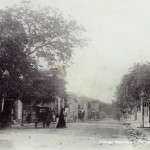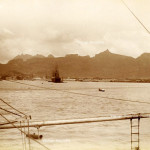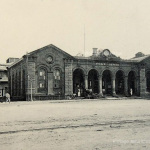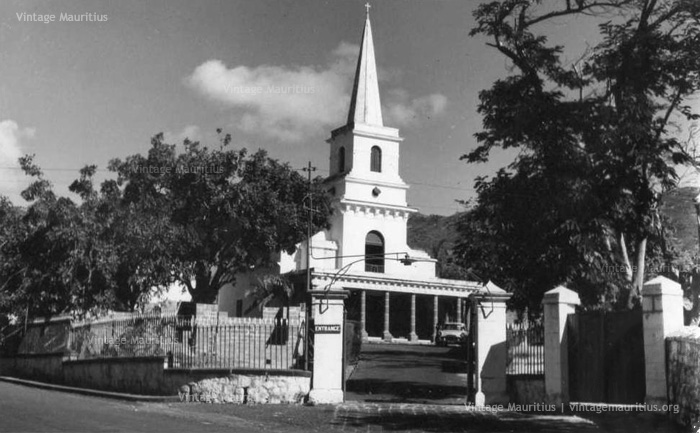
Port Louis – St James Cathedral – 1960s
Found on Poudrière Street, the Saint James Anglican (Protestant) Cathedral was at the times of Mahé de Labourdonnais (french occupation period) an old powder magazine (probably why the street bears that name) which with time didn’t really came to use. Due to the original nature of the building, the walls were very thick (9 feet thick) as it was a building that needed high protection. Later, on the 16th of June 1812, Reverand Henry Shepherd, Civil Chaplain, called for tenders to convert the building to a public use, thereby, a church, but the applicants were discouraged by those thick walls, which was estimated to be difficult to alter.
It was then decided to use the place as it was but with some aesthetical amendments to represent more of a place of worship than a little fort. Furnitures were moved in and the place was at first used as it was. Later on, under the civil chaplain Alexander Denny (1828-1854), a convenient roof and an octagonal spire were laid on top, giving the austere building the look of a church. On Christmas Day 1831, the restored church was opened for divine service.
The lofty spire of the church has become a true landmark and so prominent that the sailors entering the port could use it to check their bearings. It is true somehow that this spire is even visible miles around and one can easily spot himself when walking in these areas of Port Louis by referring to it. In 1846, the building could no longer accomodate the increasing congregation of soldiers, English civilians and others and therefore two wings were added at each side of the existing building.
On 26 June 1850, the Bishop of Colombo, Reverand James Chapman, consecrated Saint James Cathedral. (References: Port Louis – Breejan Burrun)
Churches these days do not tend to change in structure, unless for those who still use wooden roofs (which are gradually being replaced by iron sheets due to higher maintenance of the latter). Below it a recent image of the Saint James Cathedral in 2014. The last time we checked in, June 2014, the church appeared to be undergoing some renovation works.
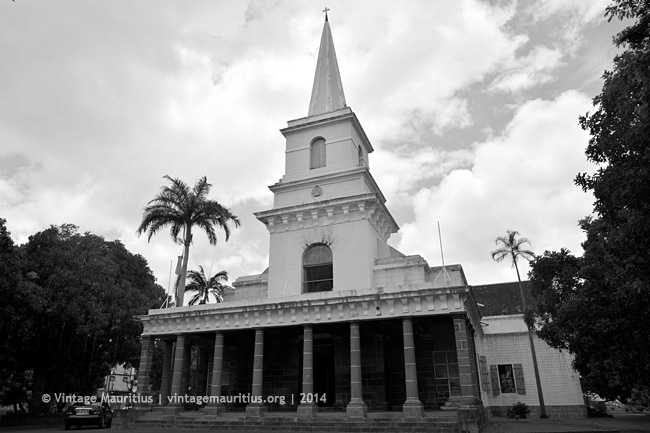
Port Louis St James Cathedrale – 2014
Click here to read more about these old churches of Mauritius.
